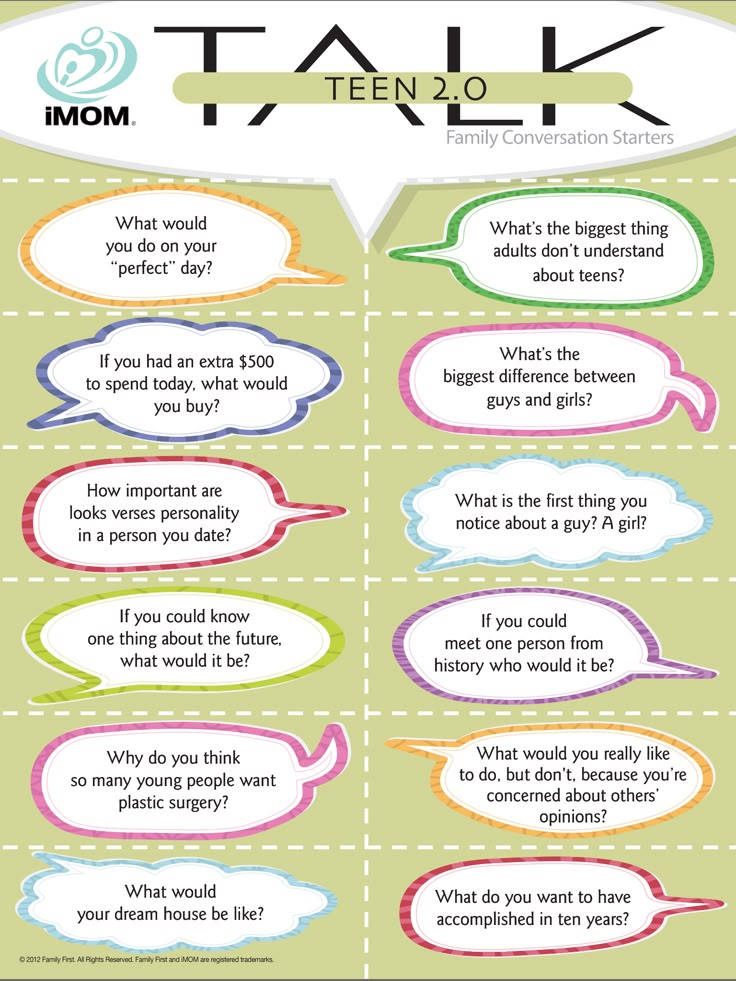How to keep child in crib
How to Keep Your Toddler In Their Crib (6 Strategies)
Do you have a climber who is getting dangerously close to escaping their crib? Or have they already done it and tumbled to the floor?
We’ve been there and understand that fear — and the guilt of having a little one fall from their bed.
Before you make the rash decision to tie your kid to their crib (please, don’t do this!), we’ll share our tried and true methods for keeping busy toddlers safe in their beds. We’ll also discuss when you should consider using a toddler bed, how to make bedtime easier, and how to change climbing behavior.
Like any other behavior, crib climbing is a habit that can be caught and corrected with patience and a little help.
Table of Contents
- When To Use a Toddler Bed
- How Do I Keep My Toddler in the Crib?
- 4 Ways To Change Climbing Behavior
- 6 Methods if You Have a Climber
- How To Make Bedtime Easier
When To Use a Toddler Bed
Many parents jump right into putting their toddlers in a big kid bed when they make that first terrifying fall from the crib — or even when they begin to show signs of attempting their great escape.
It may seem like a good idea at first, but experts recommend that toddlers stay in a crib until they’re 3 years old. Waiting until this age helps promote positive sleeping habits teaches your child to stay in bed.
A problem many parents face when rushing their toddler into a bigger bed is that it gets harder to keep a curious kid contained.
Bigger beds are much easier to escape, making it far more difficult to teach good sleeping habits.
1. See It as a Lesson
It’s key to remember that toddlers who begin to climb from their cribs aren’t aware that what they’re doing is wrong.
Behaviors and habits can be changed with the correct teaching methods, though it can be frustrating when 3 a.m. rolls around and your little one is still trying to leap from the crib railing like a pro wrestler.
Addressing the issue early on and continuing to correct their behavior works in most cases, and your child should learn to stay in their designated sleeping spot pretty quickly.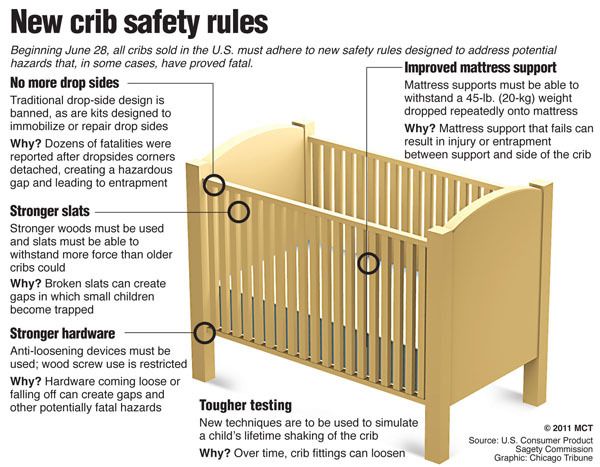
2. Build a Bedtime Routine
Staying in the crib helps establish familiar bedtime routines and habits that will carry from crib to bed. It’s a difficult time in many households because children don’t always understand what a new bed means and why they have to sleep in it.
By sticking with a familiar place of rest and safety, you can implement a schedule that helps make your toddler’s eventual move to a bed easier.
Once you’ve successfully introduced a bedtime routine, you can start talking with your toddler about having their very first big kid bed. Getting them excited for it in advance can make the transition to a bed smoother.
Bedtime Tip
Make the purchase or introduction of their brand-new toddler bed a reward for good bedtime behavior. Many toddlers love the idea of feeling big and grown, so hype up the change in a positive, upbeat way.
How Do I Keep My Toddler in the Crib?
So you’ve decided to keep your toddler in their crib, but how do you survive the dreaded climbing phase?
When you first start noticing your toddler beginning to climb out of the crib, make sure you’ve checked these things:
- Mattress settings: With many cribs, you can adjust the mattress to sit higher or lower.
 Put your toddler’s crib mattress as low as it will go to prevent them from climbing out. Do this as soon as they learn to pull themselves to a standing position.
Put your toddler’s crib mattress as low as it will go to prevent them from climbing out. Do this as soon as they learn to pull themselves to a standing position. - Remove toys and pillows: Children shouldn’t have pillows or toys in their cribs for the first year to help reduce the chance of SIDS. Even after the first year, keep your toddler’s crib bare, or they’ll be able to create steps out of their clutter (1).
- Put the lower end against the wall: Some cribs have a side that’s lower than the other. If this is the case for you, make sure this lower side is pushed against the wall so your child won’t have an easier escape route.
- Separate your kids: If you are a multi-child household, a well-meaning, bored sibling could be the accomplice to your toddler’s escape. Separating your kids’ sleep spaces will also provide fewer distractions, so they will both fall asleep easier too.
4 Ways To Change Climbing Behavior
Have you passed the initial preventative measures and still find your toddler giving it their all to escape the crib? Don’t despair! There are plenty of ways to start changing behaviors and encouraging a positive, obedient mindset towards sleeping.
For fast fixes, try out these tips for adventure-hungry kiddos.
1. Adjust Their Bedtime
As toddlers grow into their next stage of development, between ages 1 and 3, their internal clock changes too. Like older kids, a child’s natural need for sleep adjusts. Your restless toddler may just be a result of having a too-early bedtime.
Try documenting when your toddler actually falls asleep, as opposed to when you put them in their crib, and adjust your schedule to reflect their biological clock. Then you can gradually adjust these times by ten-minute increments each night after you’ve established a good bedtime routine and they’ve learned to stay still.
On the flip side, you may be putting your toddler to bed too late. Cranky, exhausted children who are beyond their limit will have a much harder time falling asleep and exhibit stubborn behavior to reflect that.
We recommend setting a bedtime between 7:30 p.m. and 8:30 p.m., depending on your toddler’s internal clock and your necessary wake-up time (2).
2. Try a Toddler Sleep Sack
We’ve learned all about the benefits of swaddling our infants, but have you considered extending the practice in a toddler-friendly way?
Introducing a toddler sleep sack to an avid climber can help them learn what they’re doing is wrong, stop them from climbing, and provide additional comfort.
Help your child understand what the sleep sack means by putting it on them at the same point in their bedtime routine every night. When you dress them up in it, they’ll figure out it’s a cue for bedtime and relaxation.
Look in your local baby store or online for safe, soft options.
3. Only Use the Crib for Sleeping
Sometimes it’s tempting to turn to the crib as a means of punishment or playtime. Putting your child into their crib when it’s not time for sleeping gives them the wrong idea of its purpose and may make it harder for them to understand why they have to stay inside at night.
Children associate their feelings with places very easily, so if you have an upset toddler, keep them out of the crib until they’ve calmed down.
By making the crib a place for sleep and only sleep, you’re setting them up for a firm understanding and a positive association with their designated area for bedtime. The best part? When you move them to a toddler bed, this behavior will carry over!
3. Return Your Toddler to the Crib Silently
Sometimes, toddlers keep climbing out of their crib to get their caregiver’s attention. By returning your child silently to the crib, you will decrease the likelihood that they do things other than sleep.
6 Methods if You Have a Climber
Before you treat yourself to something nice after finally getting your toddler to stay in the crib, make sure you’re prepared for a relapse in their behavior. Once a climber, always a climber!
You should always maintain safety — even after your toddler seems to have changed their climbing behavior.
1. Babyproof the Whole House
If your child is a skilled escape artist, don’t be fooled into thinking they’ll stay in their room quietly if they climb from the crib. Your little Houdini may have access to the whole house, so it’s essential to babyproof it entirely.
Baby gates should be up, electric outlet covers on, and anything harmful moved higher than your toddler’s reach.
2. Keep Your Toddler’s Room Clean
Not only should you minimize the clutter in their crib, for both safety reasons and to prevent them from climbing out, but you should keep the area around the crib clean too. Toddlers are curious! They have the instinct to explore, and they’ll be drawn to things that are left out.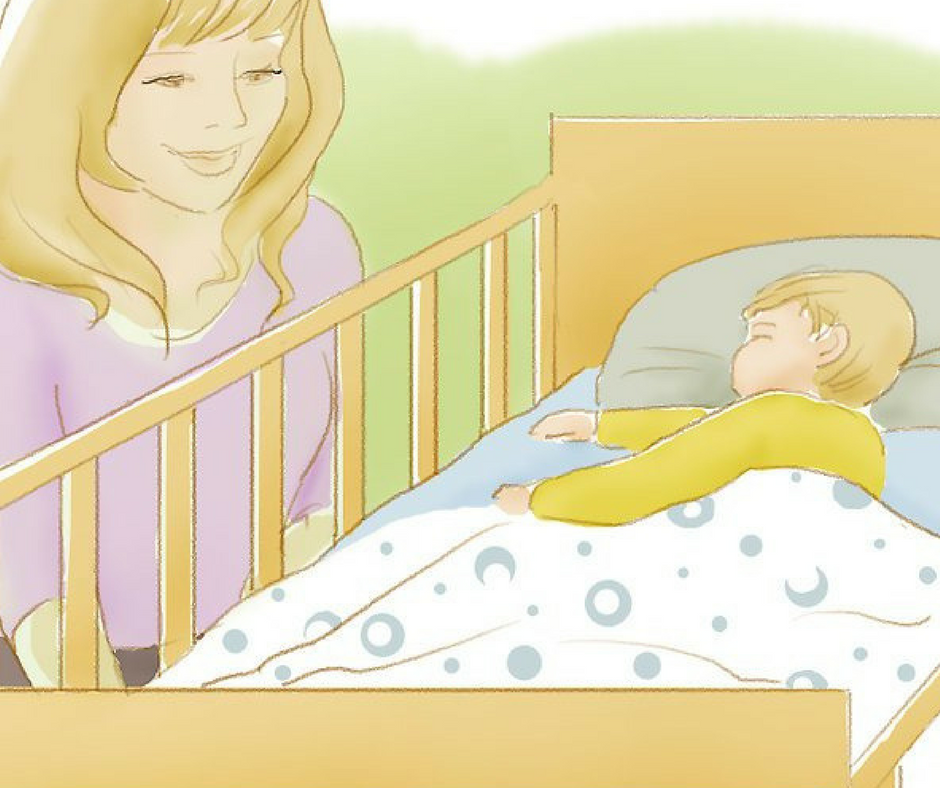
Your toddler will be less tempted to try to leave their crib if you store toys out of sight. It also keeps your child safe if they do escape.
3. Continue Using a Baby Monitor
Investing in a good video baby monitor is one of the most important purchases you should consider making as a parent, even before your toddler decides to launch themselves over the crib railing.
By keeping an eye on their actions before they drift off to sleep, you can stay diligent and proactive in stopping their behavior while also eliminating the risk of falling before it happens.
Sure, we all have a set of eyes in the back of her head, but baby monitors are our favorite backup for when those eyes get tired.
4. Use Doorknob Guards
For parents of anyone under the age of 2, doorknob guards are a gift. By preventing access to certain rooms or keeping a toddler in their room during the night, you reduce the risk of them accessing other dangers.
If your toddler still doesn’t stay in their crib, it may be time to move them to a toddler bed and see if it offers any improvement. Making the transition is different for every child, but they’ll quickly adjust if you explain it to your toddler and walk them through this new change in their bedtime routine.
Making the transition is different for every child, but they’ll quickly adjust if you explain it to your toddler and walk them through this new change in their bedtime routine.
Some toddlers do better in a bed, so the best person to make this decision is the one who knows them best — that’s you, mom!
5. Consider a Toddler Bed as a Last Resort
If you have a toddler who keeps climbing out of bed despite using all the methods discussed in this article, consider switching to a toddler bed, assuming your toddler is at least 18 months old. You can use strategies in this video to keep the toddler in bed.
6. Encourage Toddlers to Self-Soothe With the Extinction (Ignoring) Method
If you have a toddler who cannot fall asleep, consider the possibility of childhood insomnia. Toddlers who have trouble falling asleep before the age of 2 often have trouble self-soothing. If your toddler is trying to get your attention or making demands during bedtime, ignore their attempts. It may seem difficult at first, but it is an effective way to teach them how to self-soothe to make sleeping easier (3).
Toddlers who have trouble falling asleep before the age of 2 often have trouble self-soothing. If your toddler is trying to get your attention or making demands during bedtime, ignore their attempts. It may seem difficult at first, but it is an effective way to teach them how to self-soothe to make sleeping easier (3).
How To Make Bedtime Easier
If your family is anything like ours, nighttime can be the biggest stress of the day. From cranky attitudes to strong-willed fighters who hate bedtime, getting everyone tucked away safe and sound can be a major pain — especially if you’re already tired.
Making bedtime easier should be a priority, especially for kids ages 3 and under. Establishing a simple routine as soon as possible will make future transitions and changes much smoother, giving you a better sleep too.
Start by sticking to a schedule, even if they beg and plead for more time awake. Picking your battles is important, but bedtime should be a time your whole family sticks to.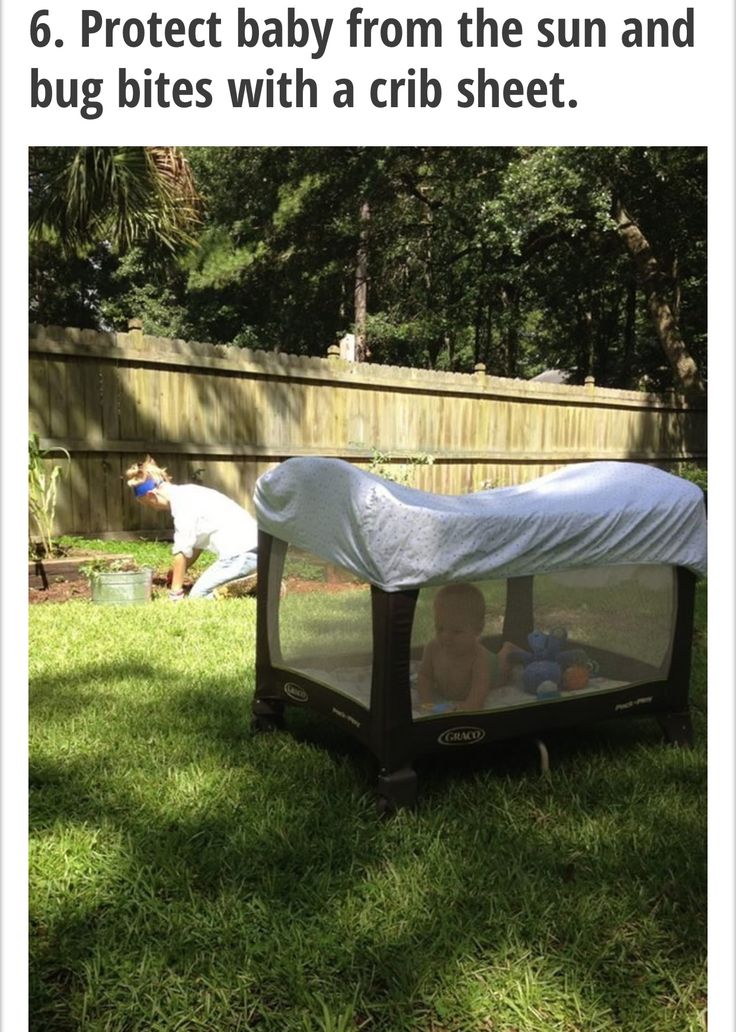 Children love and need routine — even if they don’t want you to know that!
Children love and need routine — even if they don’t want you to know that!
Get your kids excited about bedtime by including one or two fun activities reserved for naps or nighttime, like reading, and really talk them up. Use games, songs, and even rewards to encourage a positive attitude toward bedtime.
Feedback: Was This Article Helpful?
Thank You For Your Feedback!
Thank You For Your Feedback!
What Did You Like?
What Went Wrong?
5 Simple Solutions to Keep Your Toddler from Climbing Out of the Crib
Is your toddler climbing out of the crib and you’re not ready to transition to a toddler bed? See our tricks and hacks for getting your toddler to stay in their crib, so everyone sleeps safely!
Almost every parent dreads the day (or night) that their toddler starts to climb out of their crib.
Some toddlers attempt to escape during bedtime or right after being put down for bed, while others do it in the middle of the night, startling their sleepy parents in the wee hours of the morning.
For many parents their child starts trying to escape the crib as young as 12, 15, or 18 months—way before tired parents thought they would have to deal with it. This is often part of the 18 month sleep regression or two year old sleep regression and does not mean your toddler is ready to move to a big kid bed.
And toddlers aren’t the most graceful among us. Usually we find that in their attempt to climb out, our toddlers actually fell out of the bed.
It can be really frustrating for us when toddlers start to climb out of their crib and won’t sleep at night, but also really dangerous for our sweet babies.
For our family, our 27-month-old daughter came into our room one morning at 2 am and scared the daylights out of me.
I didn’t even think she was close to climbing out of her crib and had no game plan in place. I walked her back to bed and put her in her crib again but sure enough, she was back in our room a few minutes later.
Once a toddler learns they can do something, you’d be hard-passed to try and stop them.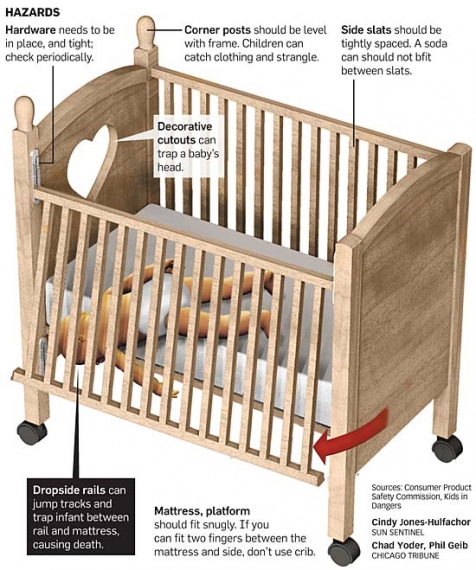
If your toddler is climbing out of his crib, there’s a good chance no one is sleeping well. Once toddlers realize they are capable of climbing out, it’s almost impossible to stop them, unless you can outsmart them in another way!
Here are our best solutions to keep your toddler from climbing out of their crib. If you think you’ve tried everything, go straight to #5! I tested these pajamas and they are amazing!
Grab my Toddler Sleep Training Guide to help you with your toddler’s sleep! Get your toddler out of your bed and into their own using the most effective sleep training techniques for toddlers and big kids. This guide also includes tons of tips and tricks for tackling toddler’s sleep! Get it here.
At What Age Do Toddlers Climb Out of their Crib?
It totally depends on the child’s temperament, how much of a risk taker they are, and how much of a climber they are!
Some babies climb out of their crib way earlier than you’d expect! Make sure you’re following their physical milestones and know when to lower the crib mattress to keep them safe.
The youngest I have ever heard of a baby climbing out was 11 months. Other babies pass the toddler stage and never try to climb out. Many lucky parents report leaving their toddlers in their cribs until they are 3 or 4 years old! Seriously, so lucky!
And while your 14-month-old may be climbing out of the crib, it certainly doesn’t mean he is ready to transition to a toddler bed.
Most sleep consultants (including myself!) recommend waiting until your child is 3 years old to transition out of the crib.
At age 3 toddlers can comprehend so much more than an 18-month-old and are much less likely to get injured in a big kid bed.
If your baby is climbing out of the crib, follow these tips to get them back in the saddle, er, crib and keep them there all night long.
How Do I Stop My Baby/Toddler From Climbing Out of His Crib?
Wondering how to keep baby from climbing out of crib?
Whether your baby is 15 months, or you’re trying to stop your two year old from climbing out of his crib, here are 5 solutions to keep your child in their crib at night and during naptime so everyone can sleep better.
Make sure you also have your toddler on an appropriate 2-year old sleep schedule or 3-year old schedule, so they are tired for bed and don’t have too much energy to expend in the crib.
5 Simple Solutions to Keep Your Toddler in The Crib
Please note these are safe sleep practices. Crib tents are not safe, so avoid resorting to those as a way of how to keep your toddler in crib.
1. Turn the Crib Around
Many crib models are lower in the front and higher in the back. If your escape artist hasn’t yet realized that he can climb out of the crib sides, this one may do the trick!
Turn your crib around so the high back side is now in front and the low, shorter side is up against the wall.
It’s not the prettiest display in your nursery, but it’s an easy solution that often works!
2. Lower the Mattress to the Ground
I’m assuming that you’ve already lowered the mattress as much as you can in the crib. If it won’t go any lower, you can take the springs out of the bottom part of the crib and lower the mattress all the way to the ground.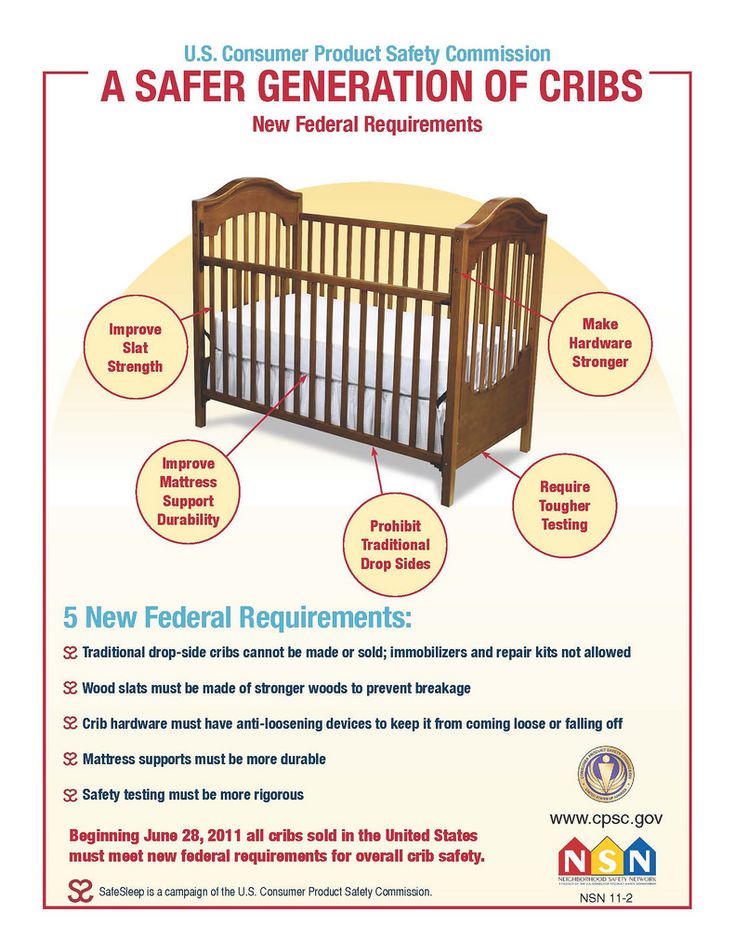 This just makes for a really low bed.
This just makes for a really low bed.
For some cribs this works really well, and for others you have to get a little creative. When we did this with our crib it left a gap in between the bottom of the crib and the mattress.
My daughter could have easily gotten stuck in between that gap (which to me was worse than any climbing-out-of-the-crib-injuries we would have). We used a thick play mat under the bottom of the mattress to give it a little height and close that gap.
You can also build a platform like these triplet parents did to help bridge the gap between the floor and the bottom of the crib.
3. Use a Sleep Sack
With a traditional sleep sack, your baby’s feet are tucked in and there’s a limited amount of space for how wide they’ll be able to open their legs. They may not be able to get enough leverage to hoist a leg over the crib in their sack!
I loved to use a sleep sack after my baby transitioned out of the swaddle and before she could sleep with a blanket.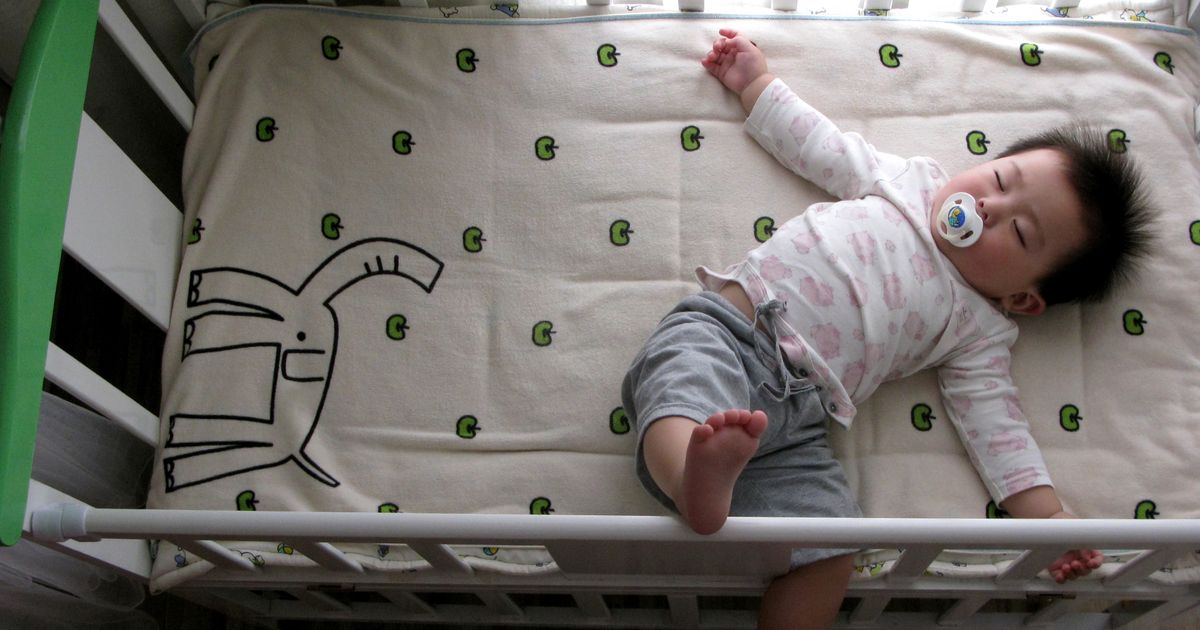 It can help keep babies warm at night since they move around so much and it might help prevent them from climbing out of the crib. Plus there are some amazing sleep sacks for babies out there!
It can help keep babies warm at night since they move around so much and it might help prevent them from climbing out of the crib. Plus there are some amazing sleep sacks for babies out there!
Some escape artists can get their sleep sack off. For those clever kids, grab a sleep sack your toddler can’t get out of. One like the Halo sleep sack has the zipper at the bottom, making it harder for your toddler to access.
Some parents also put their child’s sleep sack on backwards so they really won’t be able to unzip it! See my favorite sleep sacks for toddlers here!
4. Move your Furniture
Make sure your baby’s room doesn’t have any furniture near the crib. Dressers or side tables close to the crib can be used as leverage to climb off of. Position the back and side of the crib against a wall so that only one side of the crib is open.
5. Buy Special Pajamas
There are two different pajamas I found that are pure genius! I can’t believe these aren’t more mass marketed, because I know almost every toddler mom whose baby is climbing out of the crib would scoop these up ASAP!
I think these would also help if you were trying to keep your toddler from climbing out of the pack n play.
The Naughty Monkey is a shop on Etsy that sells pajamas that have been altered to have a wide piece of fabric in between the two legs so that your toddler can’t widen their legs enough to get over their crib.
Toddlers can still walk in the pajamas, but these look even more restrictive than a traditional sleep sack. Her sizes go all the way up to 4T and have great reviews!
She sent me a pair to test out and they worked like a charm!
Baby Jack is almost 2 years old and had been climbing out of the crib so his mom turned it around. He could easily walk around in these pajamas, but was not able to crawl out of the crib in these! Look how cute!
Another company with a similar concept is Little Grounders. These are specially designed pajamas to help keep your little one in their crib.
Little Grounders took a traditional pair of footie pajamas and added a thick piece of fabric, sewing the legs together to lessen the space that kids would be able to move.
They also have zipper-free pajamas in case your little Houdini has mastered getting out of their pjs completely! These are GENIUS!
If you try all of these tricks and your little one is still able to climb out of their crib, it might be time to transition to a toddler bed.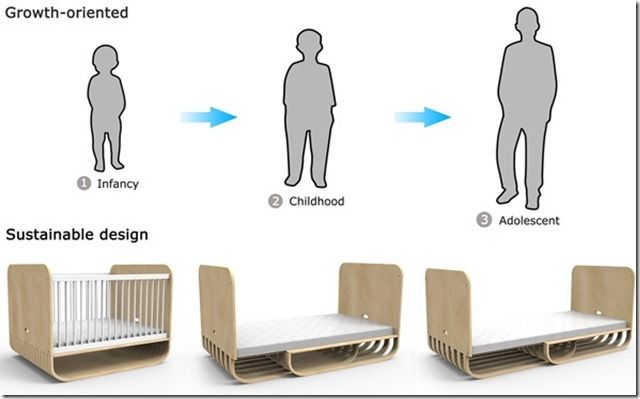 Make sure to follow our tips for making that a smooth transition so your toddler (and you) continue to sleep all night.
Make sure to follow our tips for making that a smooth transition so your toddler (and you) continue to sleep all night.
What did you use to keep your little climber in their crib? I’d love to hear tricks or products that worked for other parents as well!
- Author
- Recent Posts
Amy Motroni
I'm Amy and I'm so glad you've stopped by! As a Certified Pediatric Sleep Consultant, my goal is to walk you through the process of getting your baby to sleep, so your whole family gets the rest they need!
My blog is full of things to help you celebrate motherhood including baby nursery ideas, sleep schedules and sleep tips, fun printables, baby registry must-haves, and so much more.
Latest posts by Amy Motroni (see all)
The Estiville Method - The Estiville Method or how to teach a child to sleep, description
When it becomes difficult to put the child to sleep, when almost every bed is accompanied by whims, when the child wakes up about 10 times at night, the mother gets tired, loses all hope and thinks how to change the situation. How to teach your baby to sleep better, how to teach him to fall asleep on his own? After all, the child grows, it becomes harder to rock him and harder to keep him in place. And then parents look on the Internet for all sorts of ways to put the child to bed with minimal adult participation. nine0003
How to teach your baby to sleep better, how to teach him to fall asleep on his own? After all, the child grows, it becomes harder to rock him and harder to keep him in place. And then parents look on the Internet for all sorts of ways to put the child to bed with minimal adult participation. nine0003
This article will discuss one of the methods of teaching children to sleep - the method of Dr. Estiville or the method of controlled crying.
Who is Estiville?
Eduardo Estiville is a Spanish doctor, professor at the Barcelona Center for Research and Treatment of Sleep Disorders, who developed the Ferber method and published his book on children's sleep, "Sleep well" (1996). We will try to tell objectively about the essence of this method, about its pros and cons.
Efficacy studies
There have been a number of studies investigating the use of behavioral interventions to treat childhood primary insomnia (insomnia/sleep disturbance). The “method of eliminating crying” (“let it roar” / “cry it out”) was recognized as ineffective, because. it causes stress for both the parents and the child.
it causes stress for both the parents and the child.
One of the topics of studying the effectiveness of teaching a child to fall asleep on his own was the “method of controlled crying”. The technique was first proposed by Amos Rolider and Ron Van Houten as a more parent-friendly alternative to the CIO method. "Cry it out" was slightly modified and popularized by Richard Ferber in his book for parents (1985) and Douglas (1989).
A little later, Ferber's approach was slightly modified by Dr. Estiville. Variants of the "controlled cry method" were evaluated in 14 studies with 748 children. The results of studying the effect of the method showed a decrease in problems when laying the child down or a reduction in the frequency of night awakenings. Also, 5 studies were devoted to a similar principle (ignoring the child and leaving the room), but without a clear procedure for checking the child. Nevertheless, the researchers concluded that the “controlled crying method” is not inferior in effectiveness to the “crying exclusion method”.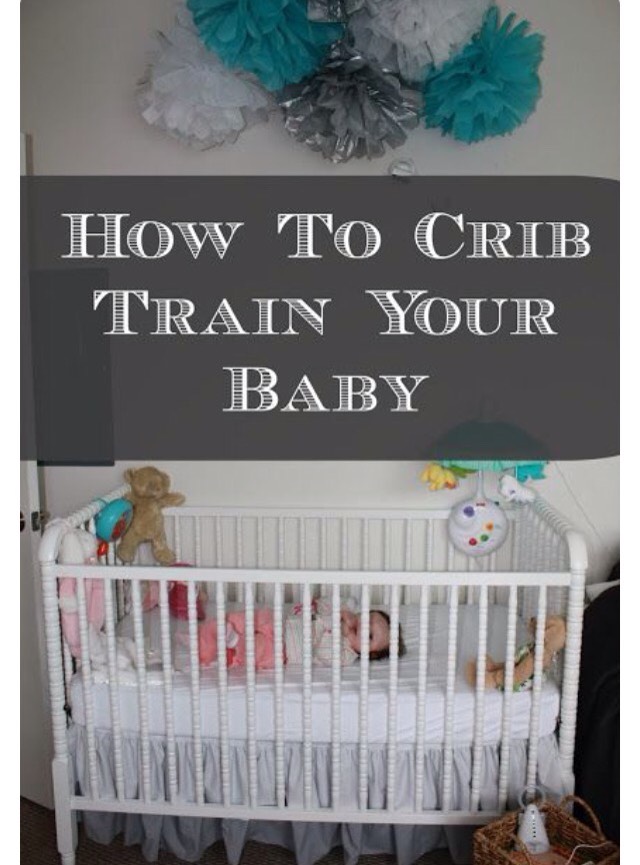 nine0003
nine0003
Description of the Estiville Method
Dr. E. Estiville states that from the age of 6 months the child can sleep alone in a separate room, when it is completely dark around, and not wake up until morning. According to the author, 6-7 month old healthy babies should be able to:
- go to bed without crying and with joy
- fall asleep alone in a room without help
- sleep in your own crib in the dark without nightlights
- sleep at night for about 10-12 hours without awakening. nine0030
Scheme of application
The author pays a lot of attention to rituals and sequential actions before going to bed, to which the baby gradually gets used. He says that you can leave the toy and the pacifier - they can help the baby cope with the lack of adult support. And then he suggests putting the baby to bed at about the same time in the evening, indicating that it is at this time that the child will fall asleep easier.
According to Esteville's approach, the mother should put the baby in the crib without motion sickness and unnecessary assistance. It is fair that the child, having felt the departure of his mother, will strive to keep her: he may begin to act up, get up in bed, pull his arms to his mother. nine0003
At the same time, it is suggested not to run to the baby to put the baby back to sleep, but to sit down and calm him down with your voice, explain that “mother will teach you to sleep.” And after that, the mother must go out, be patient and wait for time while the baby is alone.
According to the proposed method, the mother starts the exit from 1 minute, and on the same day, subsequent exits should be 3-5 minutes each. After returning to the child in the room, it is recommended in no case to take him in your arms, but simply to seem “here I am, I have not gone anywhere, I am returning.” And then exit again. So with each entry into the room, the time outside the door increases by 2-4 minutes a day according to the scheme proposed by the author - up to 7, 10, 12 minutes and so on.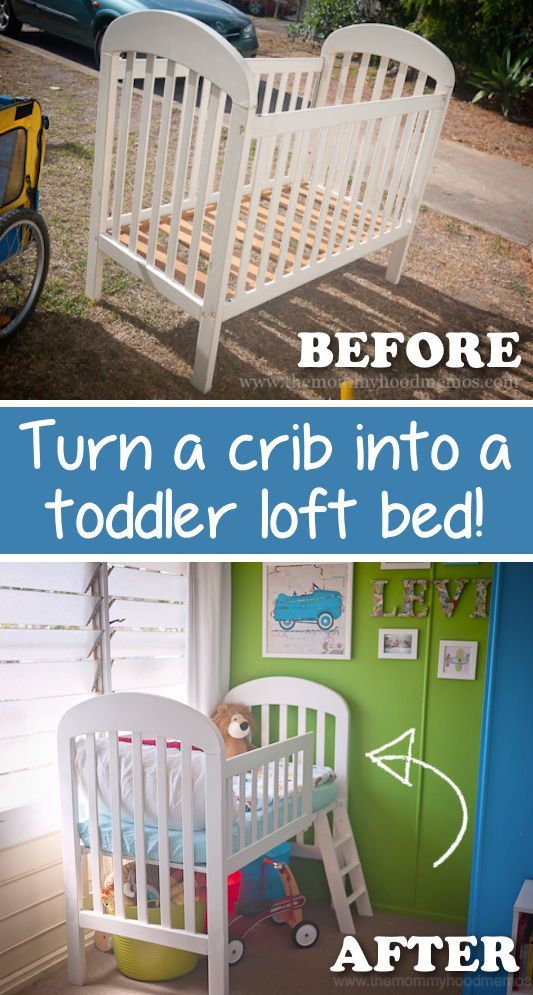 When waking up at night, it is proposed to do everything in the same way as in the evening when falling asleep. nine0003
When waking up at night, it is proposed to do everything in the same way as in the evening when falling asleep. nine0003
Pros and cons of the Estiville method
Pros:
- Use from 6 months
- The health of the child is taken into account
- Attention paid to sleep rituals
- Urgent help for families where the mother is already losing control of her emotions and is afraid of harming the child.
Cons:
- Abrupt change of conditions
- Almost no adult help nine0029 The technique is not suitable for children who are highly irritable and who are not prone to complacency
- Sleeping in a separate room, which is unsafe for up to 1 year
- Often causes stress to the parent who cannot ignore the crying of the child for a long time
- Bad for bonding between mom/dad and child.
VIDEO LESSON
How to Teach Falling Asleep on Your Own?
More nine0003
Comparison of Esteville and Kim West methods
Imagine that the baby is used to falling asleep with motion sickness, and then the mother abruptly changes her plan of action. She just puts the baby in the crib. But he is not yet ready for this, he is waiting for the usual conditions of laying. Therefore, if you have always used motion sickness, then first you need to reduce them.
She just puts the baby in the crib. But he is not yet ready for this, he is waiting for the usual conditions of laying. Therefore, if you have always used motion sickness, then first you need to reduce them.
Let's say a mom focused on reducing motion sickness over a period of time. And he is already putting the baby to bed and decides to go out without waiting for him to fall asleep. What happens to the baby at this moment? He is scared, it is not clear why his mother “left” him, why she left and does not return. In such stressful moments undermined, gently soot, trust in the world. The child learns to do something himself to cope with his emotions ... But at what cost? After all, a new situation or conditions are perceived as stressful. In such cases, the child most of all needs his mother: her attention, look, reassurance, voice. This is what is familiar, familiar, and therefore stable and safe. It is not even important that the child cries. And that no one comforts him, does not support him at such a “tragic” moment for him.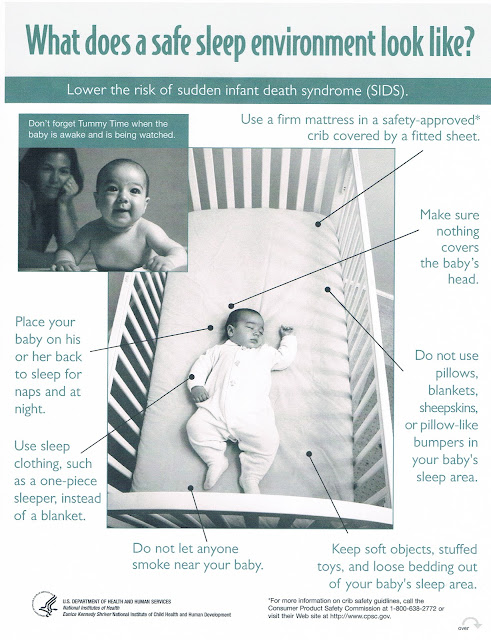 nine0003
nine0003
Psychologists believe that in order to form a healthy and secure attachment, it is very important to be with the baby during times of stress and help him cope with his emotions. Mom is the one who processes emotions, mirrors, understands, sympathizes and helps the baby cope with them, being nearby.
And the mother leaves the room and does not return to the crying, tantrums, whims of the baby and does not react in any way. As if accustoming him to the fact that the time of her absence will increase. Therefore, shout, do not shout, and you will have to fall asleep sometime. But what happens when a close significant adult does not respond to the needs of the child and at the same time leaves, then a completely logical question arises: how will attachment (emotionally close relationships) be formed between mother and baby? If the child calls, and the mother leaves. And it’s not about the fact that you need to jump around the baby or immediately rush and take him in your arms.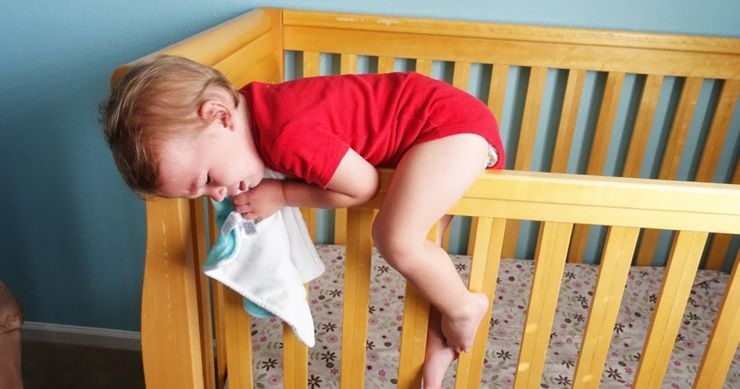 But at least participation, empathy, comfort with a voice, regret ... These are really important elements in parent-child interaction. nine0003
But at least participation, empathy, comfort with a voice, regret ... These are really important elements in parent-child interaction. nine0003
According to the method of soft distance, which is presented by the Sleep, Baby in Russia team - the mother is nearby and gradually helps the baby learn to fall asleep with minimal help, and only then increases the distance.
The Spanish scientist pays special attention to the psycho-emotional state of the mother at the time of bedtime. And this is really important. After all, a baby at such an early age is very sensitive to the emotions of his mother: he tracks them, feels and is charged with them. We also agree with this. That is why it is so important to pay more attention to your rest and try to control your feelings at the time of bedtime. nine0003
Regarding the age of learning to fall asleep on your own. Indeed, children's experts do not recommend teaching independent sleep to children under 6 months, since the child is not yet physically ready for this - he still needs the help of his mother to calm down and fall asleep. In addition, the nervous system is not yet developed enough to cope with sedation on its own. We also recommend starting self-sleep training after 6 months and after pre-training.
In addition, the nervous system is not yet developed enough to cope with sedation on its own. We also recommend starting self-sleep training after 6 months and after pre-training.
Estiville writes that, according to his method, a baby can sleep in his own room from 6 months, separately from adults. We think it's not safe at that age. And we recommend: after all, up to 1 year it is better to sleep in the same room with the baby. Secondly, sleeping in a separate room from 6 months is found in some cultures and this is normal, but this is not suitable for our mothers. Because there are cultural differences and peculiarities of education. In the West, a child becomes more independent faster, our mothers have warmer relationships with children and are more protective. Therefore, for our mothers, a sharp distancing from the child leads to internal contradictions and often to a lack of results. Therefore, the “Sleep, baby” team adapted the American method of slow distancing for Slavic mothers.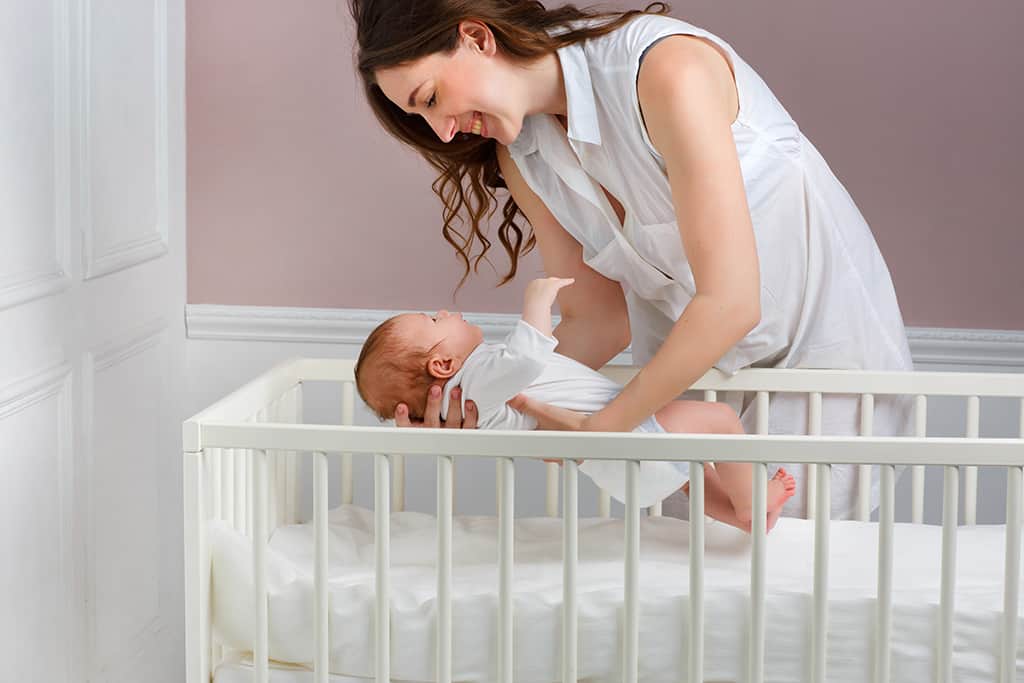 We pay a lot of attention to the psychological readiness of mother and baby. nine0003
We pay a lot of attention to the psychological readiness of mother and baby. nine0003
Estiville claims that children can sleep through the night without waking up. Yes, indeed they can. But with a small caveat. The author stubbornly excludes the psychological causes of sleep difficulties. But still, sleep is a complex state, it depends on many factors and reasons that are important to consider. Children during periods of stress (leaving breastfeeding, mother going to work, moving, starting to attend children's classes or kindergarten), growth spurt / regression, during exacerbation of fear of separation from mother (during periods of psychological separation), during periods of illness or poor health may wake up at night and need mom's attention or show so-called "periodic checks" about "whether mom is around". And that's okay! nine0003
How to choose a method for your family?
It is important to understand that there is no magic in learning to fall asleep on your own. Preparatory steps, patience and sequence of actions of an adult are important here. BUT teaching a baby to sleep with minimal adult help is possible if you approach this issue thoroughly. And to begin with, it is important to go through all the preparatory steps before you decide to use the soft distance method with Sleep, Baby consultants or on your own (for example, by reading our articles on this topic and watching our webinars). To start you need:
Preparatory steps, patience and sequence of actions of an adult are important here. BUT teaching a baby to sleep with minimal adult help is possible if you approach this issue thoroughly. And to begin with, it is important to go through all the preparatory steps before you decide to use the soft distance method with Sleep, Baby consultants or on your own (for example, by reading our articles on this topic and watching our webinars). To start you need:
- Improve sleep conditions and create a pleasant atmosphere for falling asleep: darkness, silence, ventilation, etc.
- Pay due attention to preparation for sleep and rituals for falling asleep.
- Set up a routine (morning rise, laying down for a night's sleep, daytime sleep), choose a comfortable wakefulness time for your baby, taking into account his signs of fatigue.
- Get away from persistent sleep associations: reduce motion sickness, get away from sleeping in your arms or in a wheelchair, reduce the “food=sleep” association.
 nine0030
nine0030 - Teach you to sleep in your own crib. Get away from sleep in motion (car, stroller). Try to put the baby in his crib, not only sleeping, but sometimes sleepy.
- And only the last step before learning to fall asleep independently (according to the soft distance method) is the gradual reduction of the adult's help in falling asleep. Already here the child can begin to sleep better.
After preparation, you can proceed to the stage of learning to fall asleep on your own and start the soft distance technique. This is the gradual teaching of the baby to calm down with minimal help from an adult. Yes, there are tears too. But they are not about the fact that the baby is in pain, but about his protest against new unusual conditions. At the same time, the most important thing is that at the time of training, the mother is nearby and with her presence, voice and dosed touches helps the baby get used to the fact that he will already fall asleep in his crib with minimal help.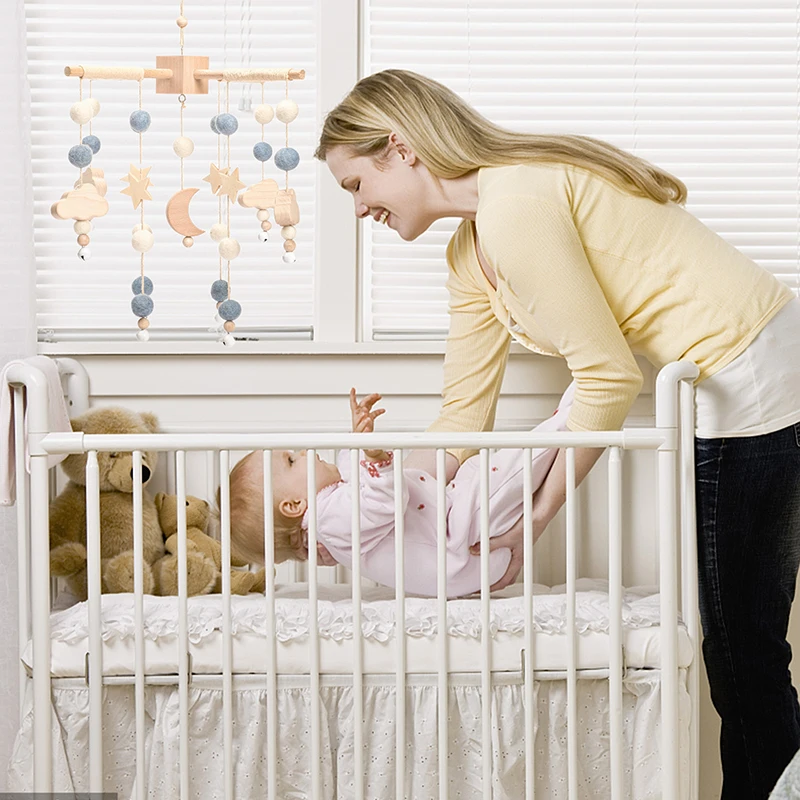 nine0003
nine0003
In any case, the choice of method is always up to mom. But remember that childhood cannot be returned. And while we can help our children cope with emotions, gradually they will learn in such a safe environment - next to their mother - to cope with stress. And it is also an important skill for child development.
SelfFalling Sleep TrainingSleep FrequentWaking ConditionsSleep
Sleep Quality AssociationsSleep
How to teach your baby to sleep in a separate crib
recent research shows that 44% of modern parents prefer to sleep in the same bed with their baby, and 50% take the baby to bed during the night. With the fact that most families did not plan to sleep together before the birth of the baby.
On the one hand, co-sleeping can be really very convenient, especially if the breastfed baby and the whole family manage to get enough sleep. But on the other hand, such a dream can become very unsafe if the place of sleep is organized incorrectly. nine0003
nine0003
Always remember the safety rules when sleeping together!
At some point in time, most co-sleeping parents begin to think about how to teach their child to sleep in their own crib. Teaching can be a daunting task for parents, so we have prepared some tips for you on this topic.
When is the right time to move your baby to your bed?
Parents choose to sleep with their children based on different principles. Someone believes that up to a certain age it is useful and correct, in terms of establishing attachment. For others, it is convenient temporarily, for example, while breastfeeding continues at night . And someone is forced to sleep with the child, because the child cannot do otherwise. And for all 3 types of families, there will definitely come a moment when the child himself “outgrows” the joint dream, and wants to have his own bed (at least he can say about his desire).
But much more often, co-sleeping becomes uncomfortable for parents before the child refuses it.
The reasons may be different:
- relationships in the family, when one of the parents does not share (or no longer shares) the desire to sleep together,
- accumulated lack of sleep participants in the process children tend to move actively in their sleep),
- the appearance of a younger brother or sister,
- a change in the working hours of parents,
- a move, as a result of a change in sleep conditions, and much more. nine0003
Even staunch supporters of co-sleeping may encounter a situation where the child has to be "relocated".
You can easily find studies on both the benefits and harms of long co-sleeping. And within these studies there will be a variety of data, which means "long". In Russia, the topic of sleep is not a priority. And the results of foreign research are very dependent on who conducts it and where.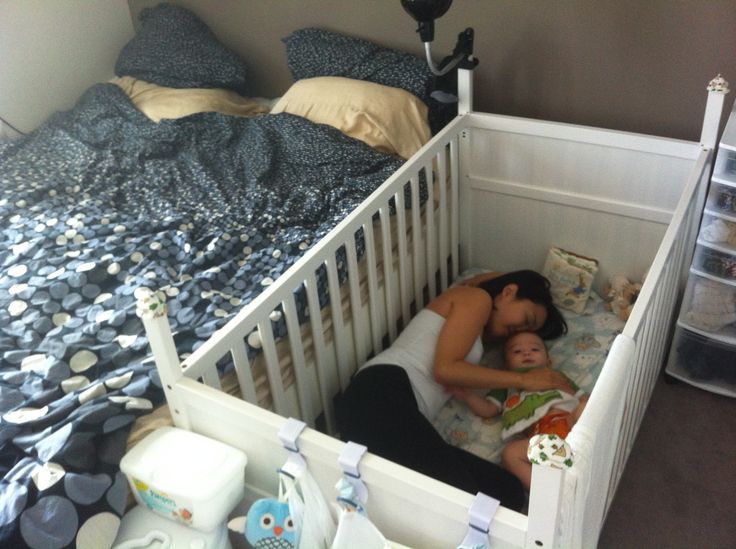 For many cultures, long co-sleeping with parents is a tradition. For other crops, laying in a separate room at 5 weeks is the norm. And there is no universal description of how to sleep “normally” so that the child and parents are as happy as possible. nine0003
For many cultures, long co-sleeping with parents is a tradition. For other crops, laying in a separate room at 5 weeks is the norm. And there is no universal description of how to sleep “normally” so that the child and parents are as happy as possible. nine0003
Therefore, to choose the right time, be guided by the priorities of your family as a whole. If someone in the family constantly suffers from lack of sleep, this is harmful to everyone and the situation needs to be changed.
How to teach a child to sleep separately?
Naturally, children who have slept in the same bed with their mother for a long time often protest against "resettlement". They perceive the parental bed as their own and do not want changes. An adult lying next to them is often one of the necessary conditions for falling asleep and sleeping. nine0003
If you decide to teach your baby to sleep without parents, proceed gradually. So stress will be minimal for all participants in the process and transferring the baby to a new place of sleep will be easier.
1. Use the carrycot or cot with the side removed
Prepare the carrycot where the baby will sleep, check it for safety . Choose the height of the mattress so that mom and baby have the same sleeping surface. Make sure that the child's sleeping place is tightly attached to the parents' bed with a special fixer, and does not move off during use. nine0003
2. Separate the baby's sleeping area
After you have fed your baby, move him to his bed. As soon as the baby falls asleep, separate his sleeping place with a roller or side. Such a physical boundary will let the baby know that the mother sleeps separately. The border will also help avoid erratic feedings and a return to co-sleeping.
3. Wear heavy clothing
Wear heavy clothing with a closed neck at night. This will limit the baby's access to the breast and help clean up the night feedings.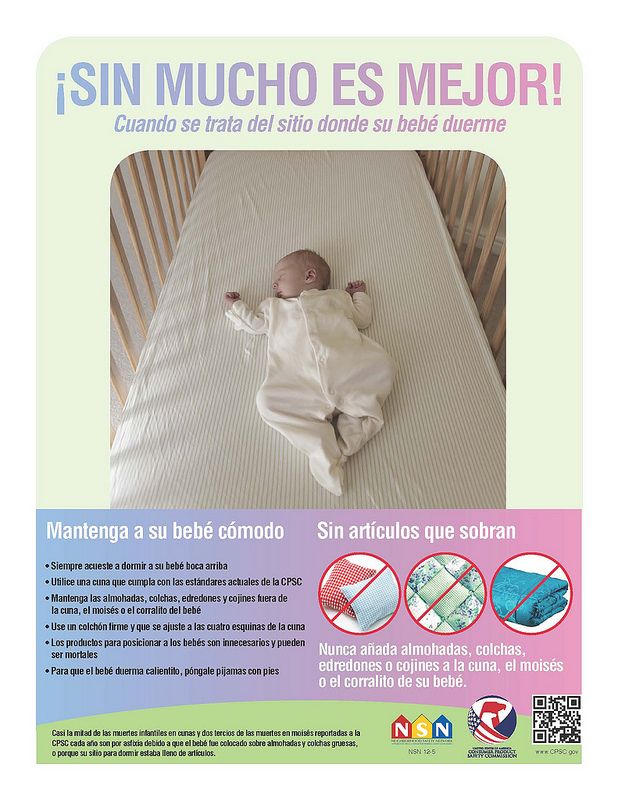 nine0003
nine0003
4. Be respectful of your child's sleep.
After your baby has fallen asleep, respect his sleep - do not make noise, do not turn on the lights, do not use mobile devices near him. Remember that sleep conditions improve sleep quality.
5. Keep interaction to a minimum at night
Try to minimize interaction with your child at night. Don't talk, don't turn on the light. By all appearances, show that it is night and you need to sleep. nine0003
6. Feed as soon as the baby is awake. If you are not going to feed, help sleep differently!
If your baby wakes up for a feed, feed immediately after waking up. If it’s not yet time to feed, try to calm down in another way - shush, stroke the baby, put your hand on the tummy. We wrote in detail about all the ways to calm the baby in the article Calm the child not only with food
VIDEO LESSON
How to teach to fall asleep on my own?
More
Baby sleeps separately
Once the baby has realized that he sleeps in his own place, access to mom and mom's breast is limited and he has a separate sleeping area. You can move the crib further from the parent and restore the side.
You can move the crib further from the parent and restore the side.
There are some important rules:
- Form and maintain a good crib attitude
Most often, a mother uses the crib as a playpen when she needs to do chores or take a short shower. The child begins to be afraid of the place where the mother puts him to sleep, because the bed for him is the same as that the mother leaves.
To ensure that the child is not afraid of the crib and does not express resistance when the mother tries to put him to sleep, try to maintain a good attitude towards your crib:
- never use the crib as a playpen
- avoid situations when the baby cries alone
- Make your baby's sleeping place as boring as possible
- Try to create the association "sleep in bed, play outside", make a place for the baby to sleep as boring as possible:
- do not put the baby there to play
- avoid storing toys, do not use the mobile - it is unsafe and distracts the baby from sleep
- place the baby's sleeping place in the part of the room farthest from the window
- remove from the baby's field of vision everything that can frighten and distract from sleep - toys, pictures, electrical appliances, cover up indicator lights
All experiments with sleep are always easier on morning sleep.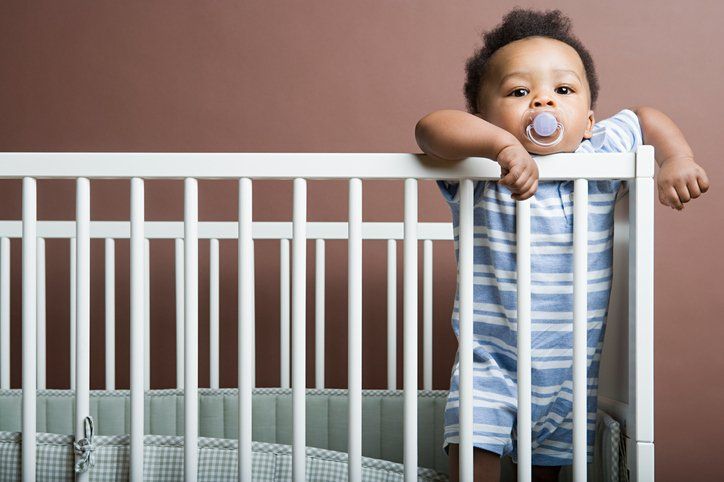 A baby, rested after a long period of sleep at night, not yet overtired, accepts innovations more easily. Try placing a sleepy but awake baby on their first day/morning nap in the crib. Sit next to me to help you sleep. If the experiment fails, put the sleeping baby to bed and teach him to wake up in the crib first. nine0003
A baby, rested after a long period of sleep at night, not yet overtired, accepts innovations more easily. Try placing a sleepy but awake baby on their first day/morning nap in the crib. Sit next to me to help you sleep. If the experiment fails, put the sleeping baby to bed and teach him to wake up in the crib first. nine0003
- Night sleep away from parents
Did your baby realize that the crib is a friendly place to fall asleep, sleep and wake up? Then you can try to switch to a separate night's sleep. Just do not leave the baby alone, be there, help him calm down and fall asleep.
How to teach babies over 1.5 years old to sleep separately?
As the imagination matures and develops, the fear of imaginary night monsters, or an exacerbated fear of separation from mother, may be added to the unwillingness to change. nine0003
- If the baby can already talk, discuss any changes with him in advance.
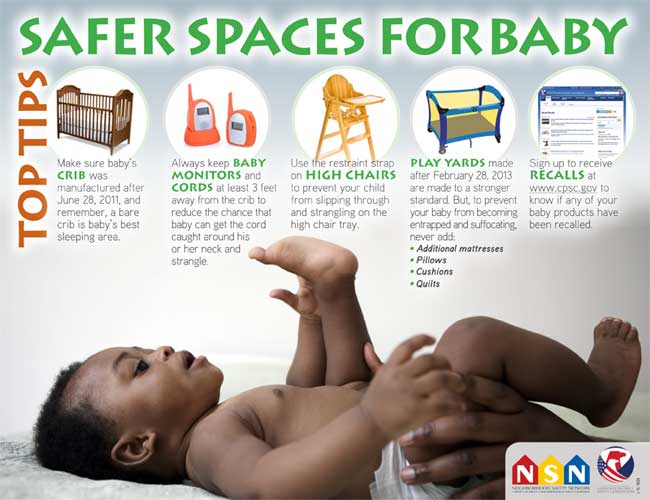 Ask what worries him when it comes to moving into his own crib, what needs to be done to make him like it there.
Ask what worries him when it comes to moving into his own crib, what needs to be done to make him like it there. - Offer to take one of your favorite sleep toys with you to bed. So the baby will feel not alone and more protected at night.
- To prevent the fear of separation during the day, play with your child in the bedroom more often so that he has an association that the place where the baby sleeps is not only a place where there is a small “parting” with mom, but part of his own cozy world. nine0030
- Give your child more time in the evening, lengthen the evening rituals . Getting ready for bed at this time can take up to 1 hour.
- And most importantly, show constancy. The less you embarrass the baby by deviating from the agreed rules, the easier and faster it will get used to the new order.
All of the above does not mean at all that you need to “resettle” the baby right now, because sleeping separately is “normal”.










